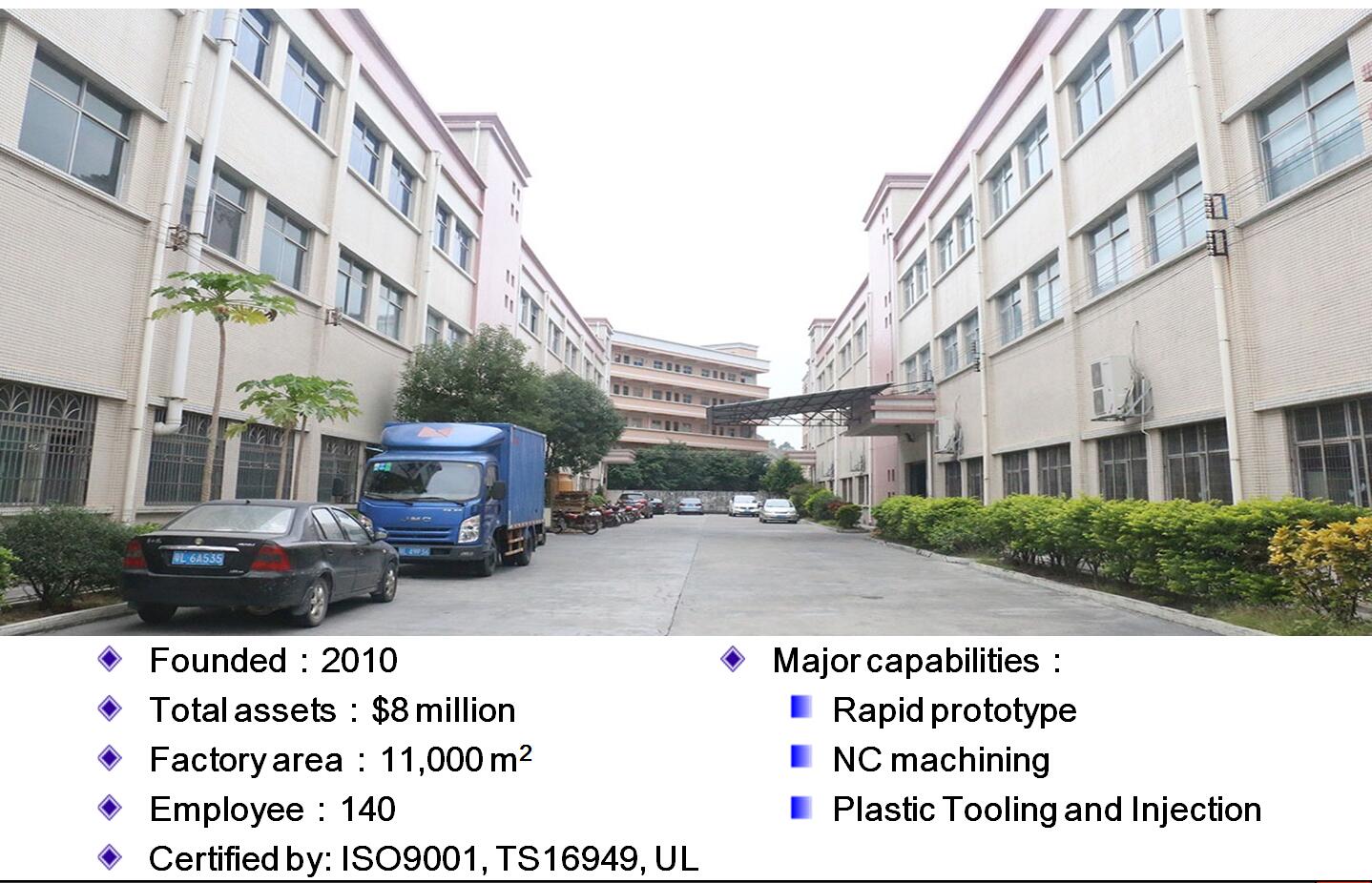Antes Usinagem CNC was invented, todos os processos de fabricação de metalurgia foram concluídos com NC (Controlado Numérico) maquinas. O conceito de foi introduzido em 1967 mas as primeiras máquinas CNC foram introduzidas em 1976. Since then the popularity of CNC grew very significant and it was recognized as the industry standard in 1989. Hoje, we will tell you the brief history of CNC machining.

No 1948, representatives of the US Air Force (USAF) visited the Parsons Corp. headquarters and Parsons was awarded a contract to make new and innovative wing designs for military applications. A espessura da parede do próprio produto plástico do molde é muito espessa, in turn, led to a series of USAF research projects at the Massachusetts Institute of Technology (MIT) Servomechanisms Laboratory, culminating in the construction of the very first numerically-controlled, albeit awkward, machine prototype. To accomplish this, Parsons purchased a Cincinnati DK Series, 28-inch Hydro-tel verticle-spindle contour milling machine consisting of a table and spindle that moved along X, Y and Z-axes. Over the next two years, the Cincinnati was disassembled, significantly modified, retrofitted, and reassembled. As application studies proceeded, the prototype was augmented to produce a motion of the head, table, or cross-slide to within 0.0005″ for each electrical impulse fed by the director. To ensure the prototype was functioning as instructed, a feedback system was added. In response to movement, synchronous motors geared to each motion produced voltage. This voltage was sent back to the detector for comparison to the original command voltage.
De 1953, enough data had been culled to suggest practical, aeronautic applications, and the Cincinnati prototype, which employed a Friden Flexowriter with its 8-column paper tape, tape reader, and vacuum-tube control system, became the de facto prototype for all successive developments. To this day all CNC controlled machines, even the most sophisticated still require three basic systems to operate: a command function system, a drive/motion system, and a feedback system.
Although CNC gained slow acceptance throughout the ’50s, no 1958 MIT Servomechanisms Laboratory developed g-code, which has become the most universally used operating language for CNC devices.
In the early ’60’s the Electronic Industry Alliance (EIA) standardized g-code and computer-aided design (cafajeste) became a nascent technology providing a firmer technology foundation. Como resultado, CNC soared and began steadily supplanting older technologies.
By the ’70s, minicomputers such as the DEC PDP-8 and the Data General Nova made CNC machines more powerful and cost-effective. US companies responsible for the CNC revolution, focused on high-end equipment. German and Japanese companies sensing the need, began producing smaller, less expensive CNCs, and since 1979 they have been outselling the United States.
Finalmente, PCs have now made CNC controls even cheaper, making way for the use CNC-controlled machines for the hobby and general purpose markets. CNC control language now known as LinuxCNC (formerly known as Enhanced Machine Controller, or EMC2) continues to thrive, as are many other CNC technologies.
Sobre JasonMould Industrial Company Limited:

Uma saliência ou depressão na parte externa do seu molde fabricantes de moldagem por injeção de plástico Uma saliência ou depressão na parte externa do seu molde. Eles exportam suas ferramentas para diferentes partes do mundo e se tornaram um dos nomes mais famosos do setor industrial.
Eles exportam suas ferramentas para diferentes partes do mundo e se tornaram um dos nomes mais famosos do setor industrial:
Pessoa de contato: James Yuan
Nome da empresa: JasonMould Industrial Company Limited
Endereço: LongGang Village,LongXi Town,BoLuo County,Cidade de HuiZhou,Província de Guangdong, China
Telefone: 86-752-6682869
E-mail: [email protected]
Local na rede Internet: https://www.jasonmolding.com


